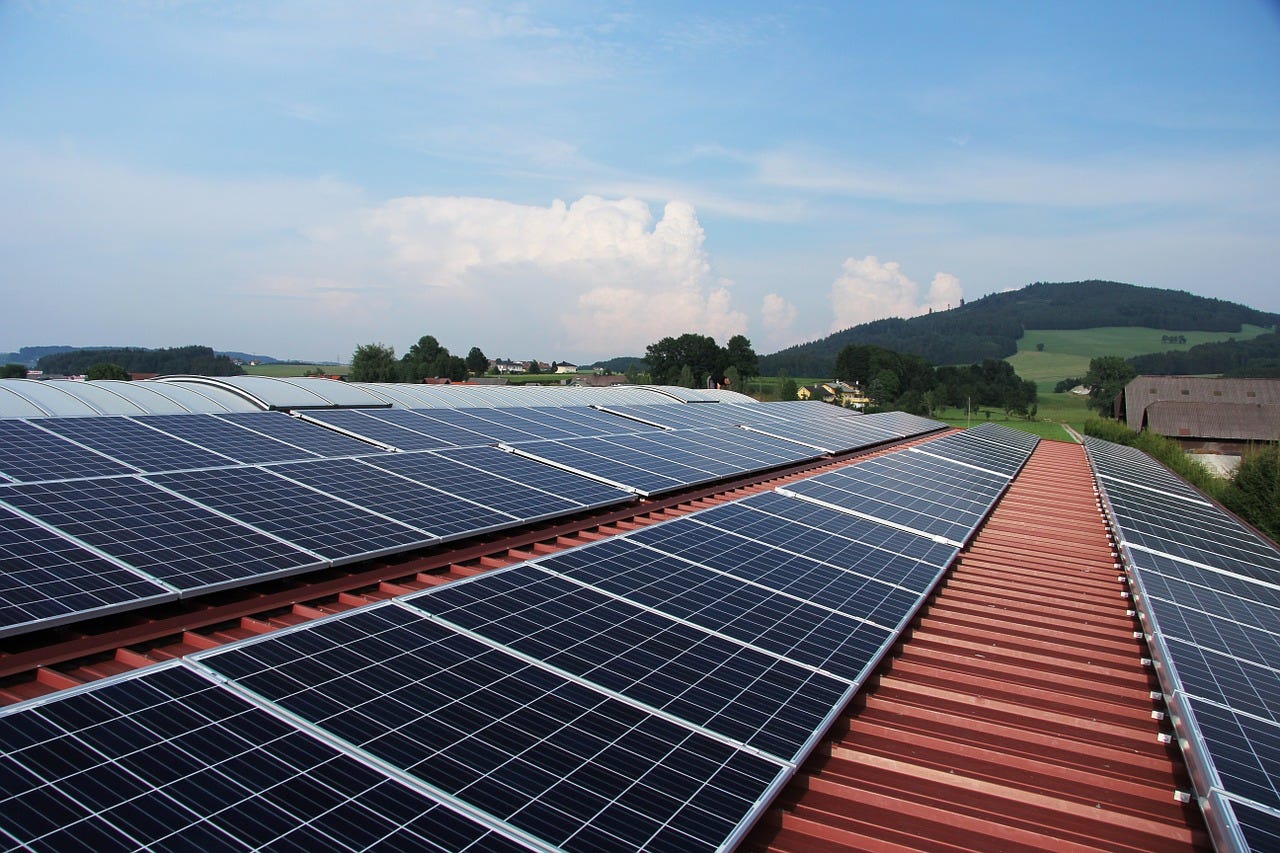
Recently, I’ve been seeing a lot of buzz about “degrowth”: the idea that to solve the climate crisis, we should shrink the economy and therefore reduce humanity’s carbon footprint to a manageable level. These essays by Maia and Noah Smith articulate why I think this is a bad idea:
In the last three weeks, my native New York City has seen two tropical storms: Hurricane Henri and, most recently, Hurricane Ida, in which more than 40 people drowned due to heavy flooding. The sharp rise in extreme weather is a symptom of climate change, and having lived in NYC through two hurricanes in two weeks has been a wake-up call for me: Oh shit. Climate change is here. The subways are flooding. People are drowning right now, right before my eyes. (To be clear, I’ve known and cared about climate change since I was in elementary school, but it’s often taken a back seat to other policy issues for me.)
But degrowth is not the solution. As Maia writes, degrowth would require punishing low- and middle-income countries that desperately need economic growth to raise their living standards and get their citizens out of poverty:
Developed countries are simply too small to matter; they only make up 37% of all emissions, versus 63% from developing countries. Now, the per capita emissions of developed countries are much higher than those of developing ones, but climate change isn’t a per capita phenomenon. So developing countries would need to foot most of the bill of stopping climate change, and given that developing countries are much poorer than developed ones, it would be pretty cruel to ask them to degrow.
Instead, we need massive investments in clean energy technologies to decarbonize the economy. Solar and wind have gotten cheap over the last few decades due to investment in R&D and learning by doing. In order to displace conventional fossil fuel consumption, we need to develop and deploy a suite of green energy technologies—including super hot rock geothermal, small modular nuclear reactors, battery storage, and carbon capture. We especially need new technologies to reduce emissions in heavy industry—including steel, cement, and chemicals—which is difficult to decarbonize and accounts for almost 40% of global carbon emissions.
This strategy for solving the climate crisis fits into a general approach known as industrial policy, in which the state structures incentives in order to direct market activity toward economic objectives. As Steven Vogel writes in the report Level Up America, “Industrial policy is imperative because the United States cannot achieve some its most critical goals without it.” I’m sympathetic to a relatively free-market economy, but at a minimum, government intervention is needed to encourage innovation—because it’s a public good, private actors on their own would produce less than the socially optimal amount of R&D. Public investment in cleantech combines the benefits of innovation in general with the benefits of avoiding a climate disaster.
I’m optimistic that the world will get its act together and stop climate change, even if it takes many years. Despite decades of partisan polarization over whether climate change is even real, the U.S. has in fact made significant progress. The clean energy loan program started by President Obama in 2009 has led to Tesla being a leader in electric vehicles, and the coronavirus relief package passed by Congress in December includes $35 billion in clean energy R&D funding. (A lot happens through what Matt Yglesias calls “Secret Congress.”) Private ventures such as Breakthrough Energy and Y Combinator are already investing in cleantech projects, including projects with high risk and long time horizons. We are already witnessing the harms of climate change, but hopefully, with a concerted effort, we can avoid its worst effects.




